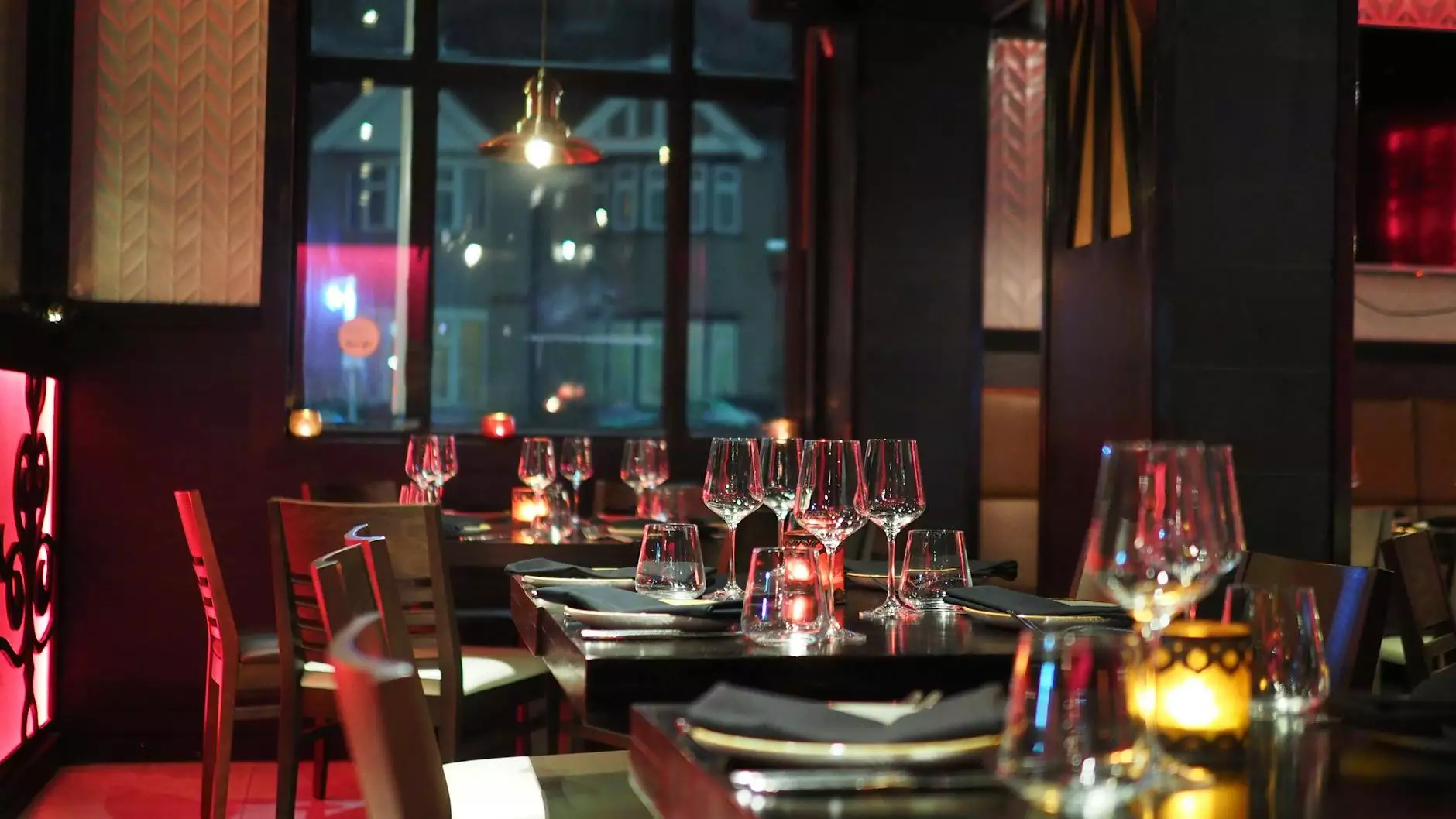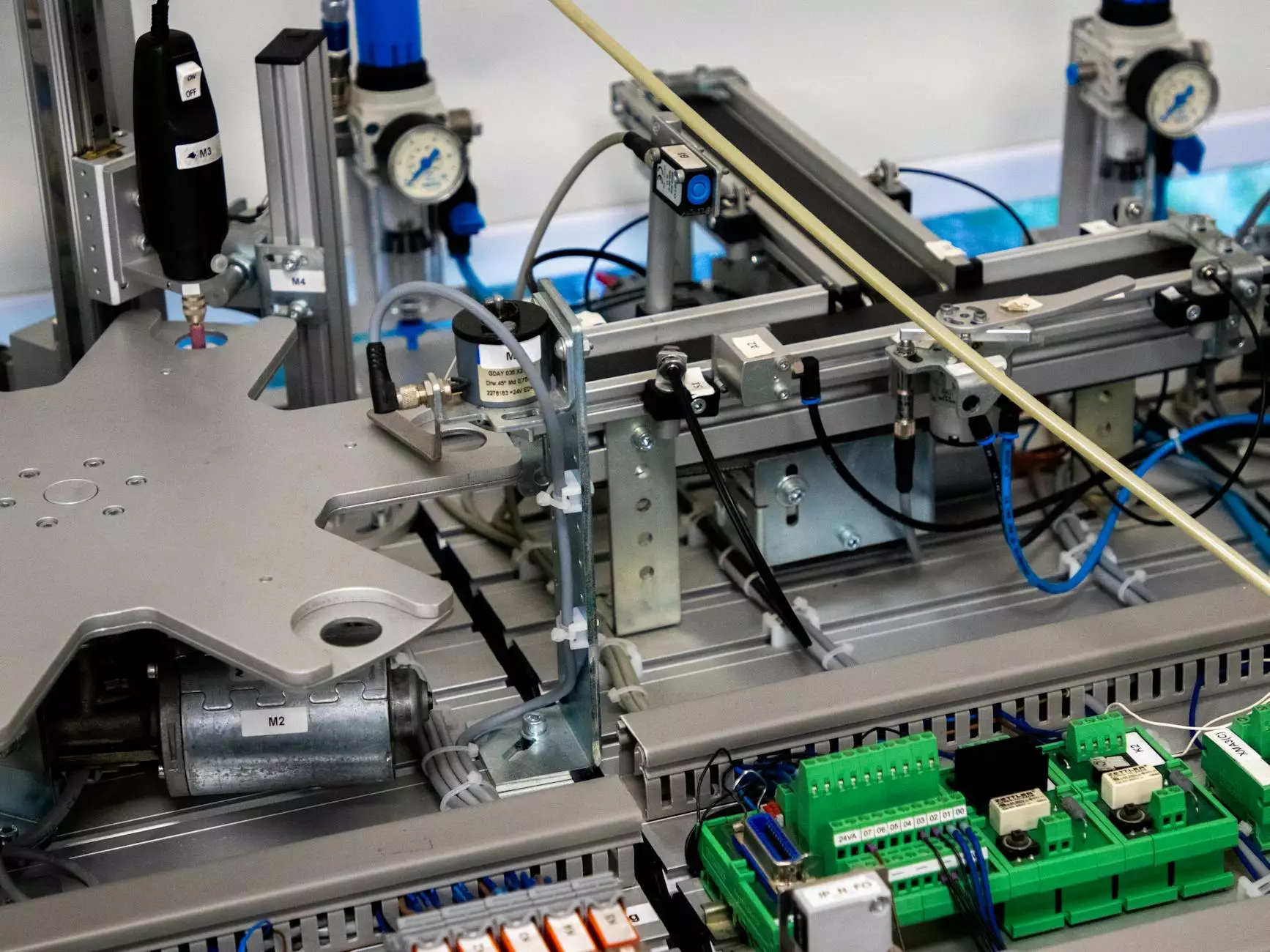Understanding Booklet Printing Cost: A Comprehensive Guide to Business Printing Success

In today's competitive marketplace, compelling printed materials play a pivotal role in elevating a company's brand and fostering customer engagement. Among these materials, booklets stand out as versatile tools — from product catalogs and annual reports to event programs and marketing brochures. However, one of the most common questions businesses face when considering booklet printing is: what is the booklet printing cost?
Why Booklet Printing Is Essential for Business Growth
Before delving into the specifics of printing costs, it’s important to understand why investing in professionally printed booklets can significantly impact your business. Well-designed, high-quality booklets can:
- Enhance brand credibility by showcasing professionalism and attention to detail.
- Inform and educate customers about your products, services, or corporate values.
- Drive sales through strategic layouts and compelling calls-to-action.
- Strengthen relationships by providing tangible materials that remind clients of your brand.
- Differentiate your business from competitors with customized and eye-catching designs.
The Key Factors Influencing Booklet Printing Cost
Understanding the booklet printing cost involves several critical elements. Each factor can significantly influence the overall expense, and being aware of these will help you plan your project efficiently.
1. Page Count and Size
The total number of pages directly impacts the printing cost. Generally, the more pages your booklet has, the higher the production costs due to increased paper usage and printing time. Common sizes include A4 (210 x 297 mm), A5 (148 x 210 mm), and custom dimensions. Larger booklets or unique sizes can lead to higher costs, especially if special folding or binding methods are required.
2. Printing Quantity
Economies of scale play a crucial role in booklet printing. Printing larger quantities reduces the cost per unit, making bulk orders more cost-effective. Businesses often find that printing in multiples of 500 or 1,000 yields significant savings, but this depends on the design complexity and material choices.
3. Paper Quality and Finish
The choice of paper stock influences both the appearance and the cost. Premium options like glossy, matte, or silk finishes tend to be more expensive than standard matte or uncoated papers. Heavier weights (e.g., 170gsm vs. 100gsm) provide a more luxurious feel but increase printing costs due to material expenses.
4. Printing Method
Offset printing is generally more cost-effective for larger print runs, offering high quality and lower unit costs. Digital printing, meanwhile, is suitable for small quantities and quick turnaround times but may be priced higher per piece. Choosing the right method depends on your quantity, timeline, and budget.
5. Binding and Finishing Options
The binding technique can significantly affect the booklet printing cost. Common options include:
- Saddle Stitching: Stapled along the fold; cost-effective for small to medium booklets.
- Perfect Binding: Glued spine; offers a professional look suitable for larger catalogs.
- Spiral Binding or Wire-O: Adds durability and flexibility, often at a higher cost.
- Special Finishes: Embossing, foil stamping, spot UV highlights can enhance appeal but add to costs.
6. Color vs. Black and White Printing
Color printing dramatically influences the cost. Full-color booklets that utilize vibrant images and graphics are more expensive than black-and-white alternatives. To optimize costs, consider strategic use of color only for essential elements and utilize monochrome for less critical sections.
Pricing Insights: How Much Does Booklet Printing Cost Typically Range?
While exact costs vary based on the factors above, here are some general guidelines to help estimate your budget:
- Small Quantity (50-200 copies): Digital printing prices may range from R50 to R150 per booklet, depending on specifications.
- Medium Quantity (500-1000 copies): Offset printing could cost between R30 to R80 per booklet, especially with standard formats.
- Larger Orders (2000+ copies): Cost per unit decreases further, potentially as low as R20-R50 each for high-volume runs.
Keep in mind that these are approximate figures. For precise pricing, consulting with a professional printing service like printitza.co.za offers tailored quotes based on your specific project needs.
How to Optimize Your Booklet Printing Cost Without Compromising Quality
Efficient planning and strategic decision-making can help you stay within budget while producing impactful booklets. Here are proven tips:
- Design Wisely: Minimize unnecessary pages or high-cost finishes unless essential for your message.
- Choose Appropriate Paper: Balance quality and cost by selecting lighter or budget-friendly options when possible.
- Limit Color Usage: Use full-color only where necessary, leveraging black and white for other sections.
- Order in Bulk: Larger print runs reduce la per unit cost and allow for better negotiation with printers.
- Select Efficient Binding: Saddle-stitching is budget-friendly for smaller booklets, while perfect binding suits larger projects efficiently.
- Plan Ahead: Allow sufficient lead time for quotes and revisions to avoid rushed, expensive orders.
Partner with Professionals for Optimal Results
Collaborating with a reputable print service provider like Printitza ensures your booklet is produced with precision and quality at the best possible price. They offer expertise across all aspects of printing—material selection, design advice, and cost-effective solutions.
Furthermore, professional printers can suggest innovative finishing techniques and eco-friendly options that can enhance your booklet's appeal without excessively increasing costs. Remember, a well-produced booklet not only fits your budget but also delivers a compelling message to your target audience.
The Long-Term Benefits of Investing in Quality Booklet Printing
Although managing the booklet printing cost is essential, investing in quality pays off in numerous ways:
- Brand Enhancement: High-quality printing reflects positively on your business's professionalism.
- Customer Engagement: Visually appealing booklets can increase reader retention and response rates.
- Market Differentiation: Unique design and premium materials can set your company apart from competitors.
- Durability and Reusability: Better materials lead to longer-lasting materials, ensuring ongoing exposure to your brand.
Conclusion: Making Informed Decisions on Your Booklet Printing Project
Achieving an optimal booklet printing cost requires a balanced consideration of your goals, budget, and quality expectations. By understanding the key factors influencing the price—such as page count, printing quantity, materials, and finishing options—you can tailor your project for maximum effectiveness without overspending.
Partnering with experienced printers like printitza.co.za ensures you receive expert guidance, competitive pricing, and a final product that truly reflects your brand's values and message. Remember, a thoughtfully printed booklet is an investment that yields long-term benefits, elevating your business and engaging your audience effectively.
Start planning your next booklet project today, and take advantage of strategic printing solutions designed to deliver impact within your budget. Your business deserves printed materials that impress and inform—turning your vision into reality with expert help.









